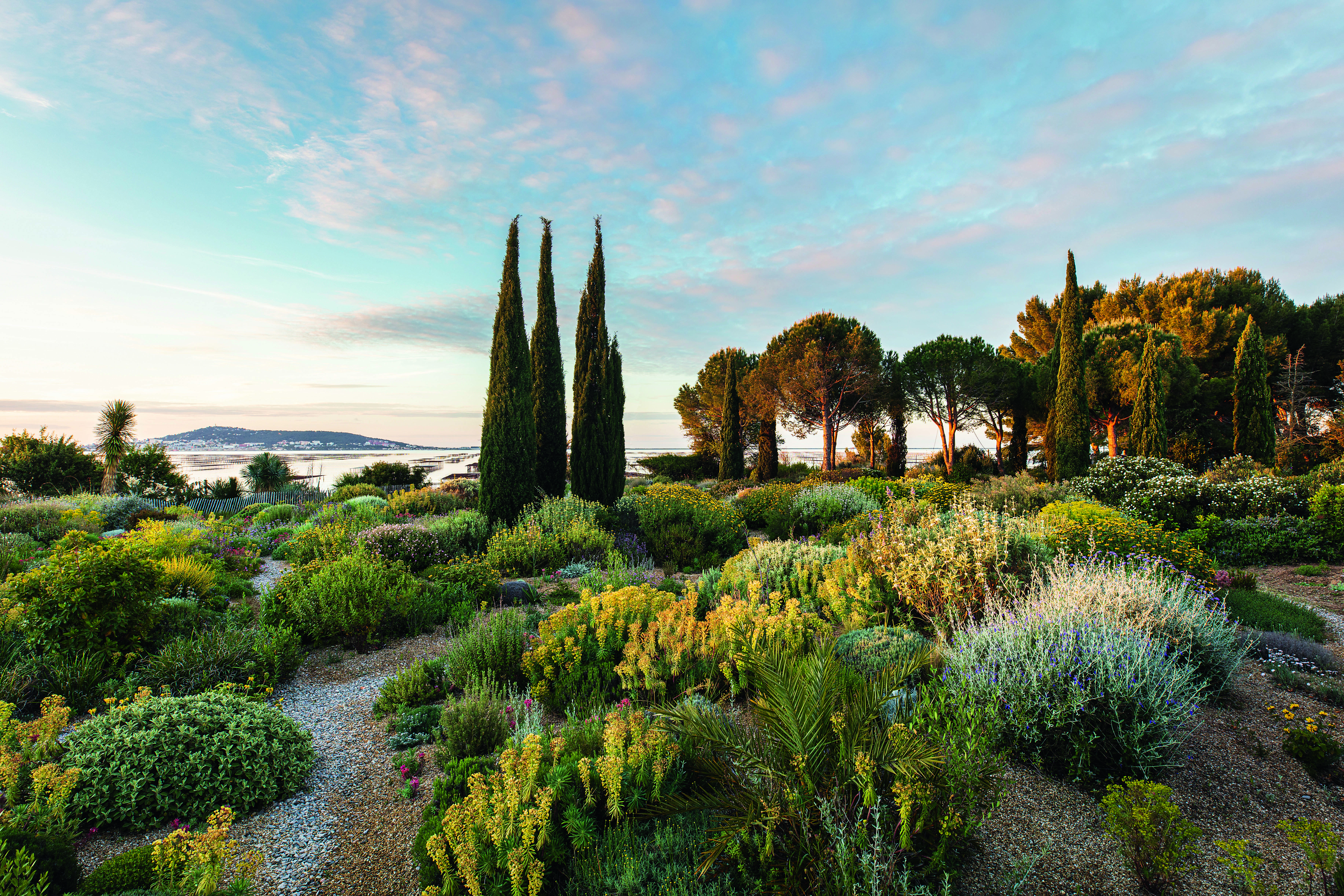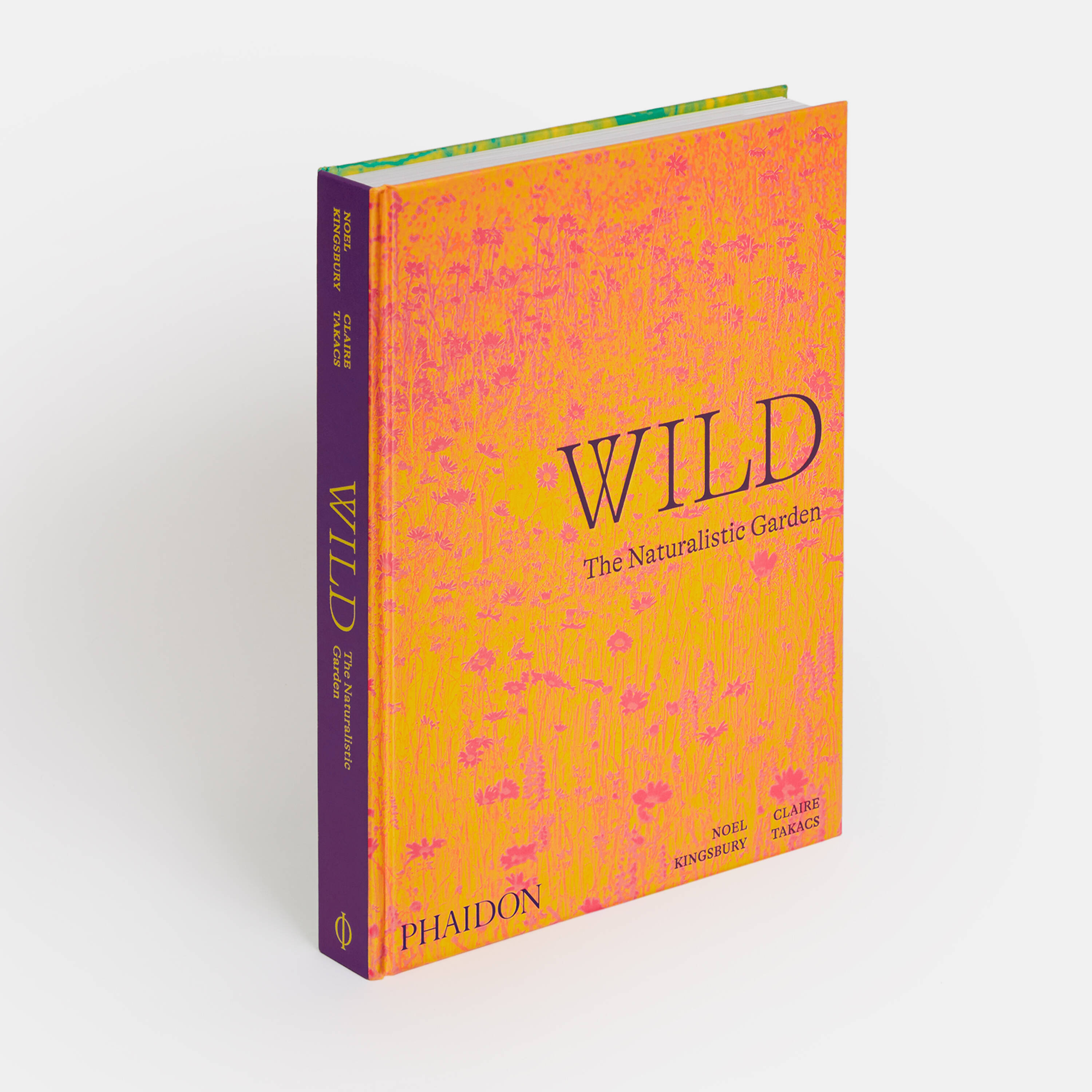
Go wild but stay sustainable in the garden with Olivier Filippi
Our new garden book on naturalistic planting shows that drought resistant plants can have a wild side
What do you picture when you imagine a hot, dry, drought proof garden? Chances are you have the same images in mind as many visitors to Jardin Sec in Mezé, on the coast of the Mediterranean in southern France. “Mediterranean gardens have traditionally been dominated by a limited range of evergreen species, often clipped into formal shapes and arrangements and interspersed with water-demanding lawns and bedding plants,” explains Noel Kingsbury in our new book, Wild: The Naturalistic Garden.
“In contrast, there is little here that is lush green,” Kingsbury goes on to explain. “The predominant colour is grey, in many shades: grey-silver, grey-blue, grey-green, grey-brown, all on low, hummocky plants that mostly rise to no higher than waist height. What could be monotonous is given a dramatic lift by a scattering of classic Mediterranean cypresses, the narrow shapes of which act as powerful counterpoints. A few other trees, notably pines are here too, along with some taller shrubs, grasses and areas of open gravelly soil, but they seem rather incidental. Beyond is a bay that draws the eye, full of metal frames used for farming mussels.”
It’s an unusual set of plants for a garden in this sort of climate, and one that its creators, Olivier and Clara Filippi understand deeply. As Kingsbury explains in our new book, the low, shrubby vegetation common along the Mediterranean coast hasn’t always thrived here. Much if it grows as a result of deforestation so ancient that the recovery plants – such as lavender and rock roses – have become almost permanent.
“The Mediterranean is a totally man-made landscape,” Kingsbury quotes Olivier Filippi as saying, “and as such it’s an immediate model for gardens, because it’s artificial and beautiful. It’s also extremely resilient through a long history of disturbances – whatever happens, from fire to erosion to overgrazing, it always comes back, cycle after cycle.”
What surprises the Filippis – who also plant nursery in this region – is that more gardeners don’t favour these local varieties. “There are at least 25,000 drought-tolerant species in the Mediterranean’, says M. Fillipi tells Kinbgbury, “How many of these thousands of plants are grown in cultivation? Maybe a few hundred.”
Some reticence among amateur gardeners may lie in the plants’ appearance. Much of the foliage in Jardin Sec is not green, but silvery, “a characteristic particularly strong in the Mediterranean, and is mostly the result of leaves being coated in microscopic hairs that reflect light, shade the leaf and help reduce water loss.”
Does that all sound a bit dull? Well, at Jardin Sec, a wilder take on drought resistant planting actually leads to both a resilient and beautiful arrangement of plants, the likes of which might become more familiar, as we learn to adapt to a warming climate.
“Mediterranean planting involves species that at first sight seem similar, but on further inspection reveal a wide range of colours,” concludes Kingsbury, “leaf shapes, textures, densities and, above all, different ways of reflecting the often harsh and unyielding light. Le Jardin Sec points the way to a sustainable future for the dry summer garden.”

To see more of this garden, as well as many other beautifully unruly ones, order a copy of Wild here.